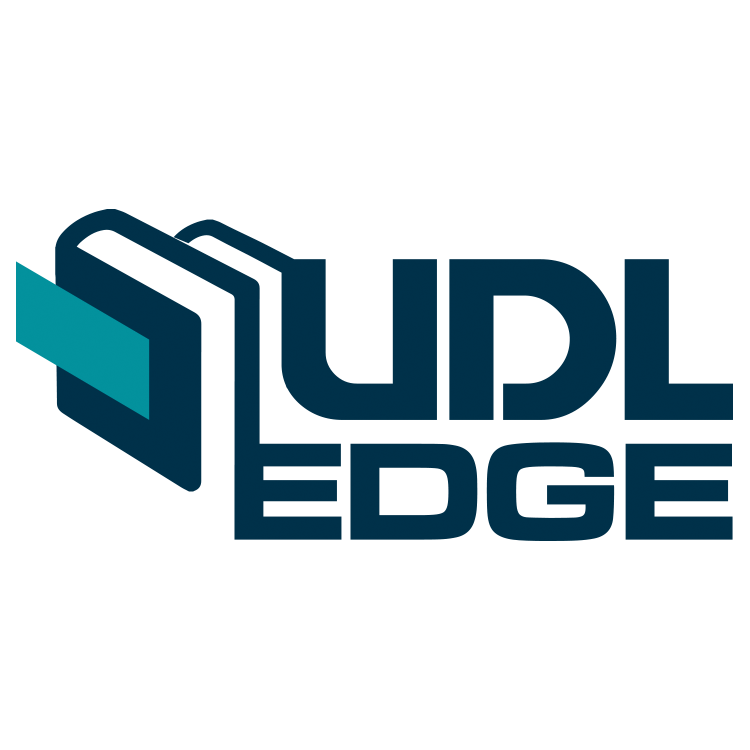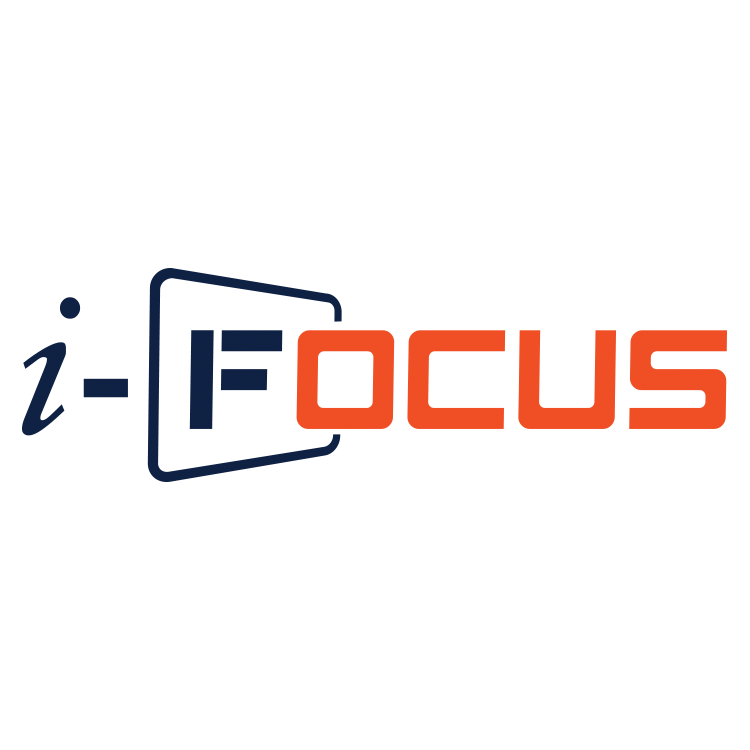Digital Leadership Kepala Sekolah Hubungannya dengan Kinerja Guru dan Kompetensi Siswa Era Abad 21
Abstract
Abstract: The purpose of this study was to identify the relationship between five principal digital leadership constructs, namely visionary leadership, digital age learning culture, excellence in professional practice, systemic improvement, and digital citizenship with teacher performance and student competence in the 21st century. The number of samples in This study consisted of 96 people consisting of principals and teachers from 24 schools. The data analysis in this study used SEM with the help of the AMOS 24 program. The results showed that the five components of digital leadership namely visionary leadership, digital age learning, excellent in professional, systemic improvement, and digital citizenship have a direct effect on teacher performance and student competence in the century era. 21. The five components of digital leadership also indirectly affect student competence through teacher performance. The contribution of this research shows that with adequate digital leadership practices, supporting the efforts of teachers in achieving the expected performance, can improve student competence in the 21st century era.
Keywords: digital leadership, teacher performance, student competence, elementary school
Abstrak: Tujuan penelitian ini adalah untuk mengidentifikasi hubungan antara lima konstruksi kepemimpinan digital kepala sekolah, yaitu kepemimpinan visioner, budaya pembelajaran zaman digital, keunggulan dalam praktik profesional, peningkatan sistemik, dan kewarganegaraan digital dengan kinerja guru dan kompetensi siswa di abad 21. Jumlah sampel dalam penelitian ini sebanyak 96 orang terdiri dari Kepala Sekolah dan Guru dari 24 Sekolah. Analisis data dalam penelitian ini menggunakan SEM dengan bantuan program AMOS 24. Hasil penelitian menunjukkan kelima komponen digital leadership yakni visionary leadership, digital age learning, excellent in professional, systemic improvement, dan digital citizenship berpengaruh secara langsung terhadap kinerja guru dan kompetensi siswa di era abad 21. Kelima komponen digital leadership tersebut juga berpengaruh secara tidak langsung terhadap kompetensi siswa melalui kinerja guru. Kontribusi penelitian ini menunjukkan bahwa dengan praktik kepemimpinan digital yang memadai, mendukung upaya guru dalam mencapai kinerja yang diharapkan, dapat meningkatkan kompetensi siswa diera abad 21.
Kata kunci: digital leadership, kinerja guru, kompetensi siswa, sekolah dasar
Full Text:
PDFReferences
Afshari, M., Bakar, K. A., Luan, W. S., Samah, B. A., & Fooi, F. S. (2009). Technology and School Leadership. Technology, Pedagogy and Education, 18(2), 235–248. https://doi.org/10.1080/14759390902992527
Al-husseini, S., & Elbeltagi, I. (2018). Evaluating the Effect of Transformational Leadership on Knowledge Sharing Using Structural Equation Modelling : the Case of Iraqi Higher Education. International Journal of Leadership in Education, 21(4), 506–517. https://doi.org/10.1080/13603124.2016.1142119
Al Kandari, A. M., & Al Qattan, M. M. (2020). E-Task-Based Learning Approach to Enhancing 21st-Century Learning Outcomes. International Journal of Instruction, 13(1), 551–566. https://doi.org/10.29333/iji.2020.13136a
Alberta Education. (2016). Competencies Overview. Human Resources. https://education.alberta.ca/media/3115408/competencies-overview-may-17.pdf%0Ahttps://ohr.psu.edu/compensation-and-classification/competencies
Arifin, I., Juharyanto, Mustiningsih, & Taufiq, A. (2018). Islamic Crash Course as a Leadership Strategy of School Principals in Strengthening School Organizational Culture. SAGE Open, 8(3), 1–10. https://doi.org/10.1177/2158244018799849
Badri, M., Alnuaimi, A., Mohaidat, J., Yang, G., & Al Rashedi, A. (2016). Perception of Teachers’ Professional Development Needs, Impacts, and Barriers: The Abu Dhabi Case. SAGE Open, 6(3), 1–15. https://doi.org/10.1177/2158244016662901
Berman, S. J. (2012). Digital Transformation: Opportunities to Create New Business Models. Strategy and Leadership, 40(2), 16–24. https://doi.org/10.1108/10878571211209314
Boholano, H. (2017). Smart Social Networking: 21st Century teaching and learning skills. Research in Pedagogy, 7(2), 21–29. https://doi.org/10.17810/2015.45
Byrne, B. M. (2016). Structural Equation Modeling With AMOS: Basic Concepts, Applications, and Programming (3rd ed.). Routledge.
Chang, I. H. (2012). The Effect of Principals’ Technological Leadership on Teachers’ Technological Literacy and Teaching Effectiveness in Taiwanese Elementary Schools. Educational Technology and Society, 15(2), 328–340.
Davies, P. M. (2010). On school educational technology leadership. Management in Education, 24(2), 55–61. https://doi.org/10.1177/0892020610363089
Demir, F., Kim, S. M., Current, N., & Jahnke, I. (2019). Strategic Improvement Planning in Schools: A Sociotechnical Approach for Understanding Current Practices and Design Recommendations. Management in Education, 33(4), 166–180. https://doi.org/10.1177/0892020619847681
Dexter, S. (2011). School Technology Leadership: Artifacts in Systems of Practice. Journal of School Leadership, 21(2), 166–189. https://doi.org/10.1177/105268461102100202
Dubey, A. D. (2016). ICT in Education. International Journal of Information and Communication Technology Education, 12(4), 37–50. https://doi.org/10.4018/ijicte.2016100104
Esplin, N. L., Stewart, C., & Thurston, T. N. (2018). Technology Leadership Perceptions of Utah Elementary School Principals. Journal of Research on Technology in Education, 50(4), 305–317. https://doi.org/10.1080/15391523.2018.1487351
Evers, A. T., Van der Heijden, B. I. J. M., & Kreijns, K. (2016). Organisational and Task Factors Influencing Teachers’ Professional Development at Work. European Journal of Training and Development, 40(1), 36–55. https://doi.org/10.1108/EJTD-03-2015-0023
Fadel, C., & Trilling, B. (2012). Twentyfirst Century Skills and Competencies. In N. M. Seel (Ed.), Encyclopedia of the Sciences of Learning (pp. 3353–3356). Springer US. https://doi.org/10.1007/978-1-4419-1428-6_763
Fornell, C., & Larcker, D. . (1981). Evaluating Structural Equation Models with Unobservable Variables and Measurement Error. Journal of Marketing Research, 18(1), 39–50. https://doi.org/DOI: 10.2307/3151312
Ghavifekr, S., Razak, A., Ghani, M., Ran, N., Meixi, Y., & Tengyue, Z. (2014). ICT Integration in Education: Incorporation for Teaching & Learning Improvement. Malaysian Online Journal of Educational Technology, 2(2), 24–45.
Ghazali, I. (2011). Model Persamaan Struktural Konsep & Aplikasi dengan Program AMOS 19.0. Universitas Diponegoro.
Hadiyanto, Mukminin, A., Failasofah, Arif, N., Fajaryani, N., & Habibi, A. (2017). In Search of Quality Student Teachers in a Digital Era: Reframing the Practices of Soft Skills in Teacher Education. Turkish Online Journal of Educational Technology, 16(3), 70–77.
Hair, J. F., Black, W. C., Babin, B. J., & Anderson, R. E. (2010). Multivariate Data Analysis (7th Ed.). Pearson Prentice Hall.
Hamzah, M. I. M., Juraime, F., Hamid, A. H. A., Nordin, N., & Attan, N. (2014). Technology Leadership and Its Relationship with School-Malaysia Standard of Education Quality (School-MSEQ). International Education Studies, 7(13), 278–285. https://doi.org/10.5539/ies.v7n13p278
Han, J., Kelley, T., & Knowles, J. G. (2021). Factors Influencing Student STEM Learning: Self-Efficacy and Outcome Expectancy, 21st Century Skills, and Career Awareness. Journal for STEM Education Research, 1–21. https://doi.org/10.1007/s41979-021-00053-3
Intxausti, N., Joaristi, L., & Lizasoain, L. (2016). Educational Leadership as Best Practice in Highly Effective Schools in The Autonomous Region of the Basque County (Spain ). Educational Management Administration and Leadership, 44(3), 397–419. https://doi.org/10.1177/1741143214558570
ISTE. (2009). ISTE Standards for Administrators. International Society for Technology in Education. http://www.iste.org/standards/iste-standards/standards-for-administrators
Juharyanto, Arifin, I., Sultoni, & Adha, M. A. (2021). Dominance One-Roof Schools Principal Excellent Leadership in the Digital Age in Indonesia. Eurasian Journal of Educational Research, 21(93), 199–218. https://doi.org/10.14689/ejer.2021.93.10
Malik, R. S. (2018). Educational Challenges in 21st Century and Suistainable Development. Journal of Sustainable Development Education and Research, 2(1), 9–20.
Mansor, A. N., Eng, W. K., Rasul, M. S., Mohd Hamzah, M. I., & Hamid, A. H. A. (2012). Effective classroom management. International Education Studies. https://doi.org/10.5539/ies.v5n5p35
Marshall, S., & Taylor, W. (2015). ICT in Education: Innovation, Implementation, Perceptions and Experiences. International Journal of Education and Development Using Information and Communication Technology, 11(1), 2.
Mirzajani, H., Mahmud, R., Ayub, A. F. M., & Wong, S. L. (2016). Teachers’ acceptance of ICT and its integration in the classroom. Quality Assurance in Education, 24(1), 26–40. https://doi.org/10.1108/QAE-06-2014-0025
Mulkeen, A. (2011). ICT in Schools. In Information Communication Technologies. National University of Ireland. https://doi.org/10.4018/978-1-59904-949-6.ch236
Mustiningsih. (2017). Kepemimpinan Visioner di Lembaga Pendidikan. Universitas Negeri Malang Press.
Mustiningsih, Maisyaroh, & Ulfatin, N. (2020). Peran kepemimpinan visioner kepala sekolah hubungannya dengan kesiapan guru menyongsong revolusi industri 4.0. Jurnal Manajemen Dan Supervisi Pendidikan, 4(2), 101–112.
Nurabadi, A., Irianto, J., Bafadal, I., Juharyanto, Gunawan, I., & Adha, M. A. (2021). The Effect of Instructional, Transformational and Spiritual Leadership on Elementary School Teacher’s Performance and Student’s Achievement. Cakrawala Pendidikan, 40(1), 17–31. https://doi.org/https://doi.org/10.21831/cp.v40i1.35641
Raman, A., Thannimalai, R., & Ismail, S. N. (2019). Principals’ Technology Leadership and its effect on teachers’ technology integration in 21st century classrooms. International Journal of Instruction, 12(4), 423–442. https://doi.org/10.29333/iji.2019.12428a
Richardson, J. W., & McLeod, S. (2011). Technology Leadership in Native American Schools. Journal of Research in Rural Education (Online), 26(7), 1–14.
Roblyer, M., & Doering, A. (2014). Integrating Educational Technology into Teaching. Pearson.
Shepherd, A., & Taylor, R. (2019). An Analysis of Factors Which Influence High School Administrators’ Readiness and Confidence to Provide Digital Instructional Leadership. International Journal of Educational Leadership Preparation, 14(1), 52–76.
Thannimalai, R., & Raman, A. (2018). The influence of principals’ technology leadership and professional development on teachers’ technology integration in secondary schools. Malaysian Journal of Learning and Instruction, 15(1), 203–228. https://doi.org/10.32890/mjli2018.15.1.8
Trilling, B., & Fadel, C. (2009). 21st-Century Skills: Learning for Life in Our Times. Jossey-Bass A Wiley Imprint.
Ulfatin, N., Mustiningsih, Sumarsono, R. B., & Yunus, J. N. (2020). School-based Management in Marginal Areas: Satisfying the Political Context and Student Needs. Management in Education, 1–11. https://doi.org/10.1177/0892020620959739
Wallner, T., & Wagner, G. (2016). Academic Education 4.0. International Conference on Education and New Developments, June, 155–159.
Wang, C. (2010). Technology Leadership among School Principals: A Technology-Coordinator’s Perspective. Asian Social Science, 6(1), 51–54. https://doi.org/10.5539/ass.v6n1p51
Wijaya, E. Y., Sudjimat, D. A., & Nyoto, A. (2016). Transformasi Pendidikan Abad 21 Sebagai Tuntutan. Jurnal Pendidikan, 1, 263–278. http://repository.unikama.ac.id/840/32/263-278
Zain, I. M. (2017). The Collaborative Instructional Design System (CIDS): Visualizing the 21st Century Learning. Universal Journal of Educational Research, 5(12), 2259–2266. https://doi.org/10.13189/ujer.2017.051216
DOI: http://dx.doi.org/10.17977/um027v5i42022p323
Refbacks
- There are currently no refbacks.
Copyright (c) 2022 Agus Timan, Mustiningsih Mustiningsih, Ali Imron

This work is licensed under a Creative Commons Attribution-ShareAlike 4.0 International License.


This work is licensed under a Creative Commons Attribution-NonCommercial-ShareAlike 4.0 International License.









12.png)